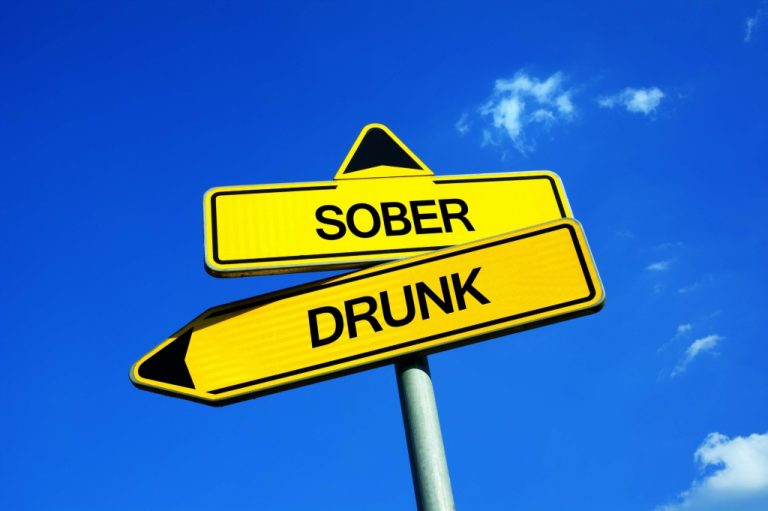Content
Some research studies indicate that having bariatric surgery may increase the risk of developing alcohol use disorder or of relapsing after recovering from alcohol use disorder. People with a history of emotional trauma or other trauma are at increased risk of alcohol use disorder. The risk of alcohol use disorder is higher for people who have a parent or other close relative who has problems with alcohol.
The detox period is crucial as well as dangerous — alcohol is one of the few drugs with withdrawal symptoms that can be fatal. For this reason, it is imperative to have medical supervision during detox. Two significant signs of alcohol dependence are tolerance and withdrawal. Tolerance means that a person needs to consume increasingly more alcohol to get the same effect. If you’ve had two or three of those symptoms in the past year, that’s a mild alcohol use disorder.
Signs and symptoms
In fact, people with alcohol use disorder have an average lifespan that’s 24 to 28 years shorter than people without alcohol addiction. Medical treatment for alcohol detoxification usually involves administration of a benzodiazepine, in signs and symptoms of alcohol dependence order to ameliorate alcohol withdrawal syndrome’s adverse impact. The addition of phenobarbital improves outcomes if benzodiazepine administration lacks the usually efficacy, and phenobarbital alone might be an effective treatment.
- Psychiatric symptoms usually initially worsen during alcohol withdrawal, but typically improve or disappear with continued abstinence.
- Drinking frequently or in excess, which may include blackouts when drinking.
- The transmission of nerve signals from one neuron to the next is achieved, in general, through small molecules called neurotransmitters, which are secreted by the signal-emitting neuron.
- Alcoholism and alcohol abuse are both categorized as alcohol use disorders—affecting people of all ages and stages of life.
- Jeffrey’s desire to help others led him to focus on economic and social development and policy making.
If you are concerned that someone close to you might have an alcohol abuse problem, it is important to be sensitive about how you approach the situation. Alcoholism is a disease that can be difficult for some people to admit, and can be hard for them to overcome without the help of others. The AUDIT-C test consists of ten questions which are scored on a scale of 0 to 4, with the higher scores indicating a greater likelihood of alcohol use disorder.
Signs and symptoms associated with alcohol addiction
Stereotypes of drunkenness may be based on racism or xenophobia, as in the fictional depiction of the Irish as heavy drinkers. Studies by social psychologists Stivers and Greeley attempt to document the perceived prevalence of high alcohol consumption amongst the Irish in America. Alcohol consumption is relatively similar between many European cultures, the United States, and Australia. In Asian countries that have a high gross domestic product, there is heightened drinking compared to other Asian countries, but it is nowhere near as high as it is in other countries like the United States. It is also inversely seen, with countries that have very low gross domestic product showing high alcohol consumption.
What are 4 indicators of alcohol dependence?
- Experiencing temporary blackouts or short-term memory loss.
- Exhibiting signs of irritability and extreme mood swings.
- Making excuses for drinking such as to relax, deal with stress or feel normal.
- Choosing drinking over other responsibilities and obligations.
This pattern, in turn, leads family, physicians, and others to be less likely to suspect that a woman they know has alcohol use disorder. In contrast, reduced fear of stigma may lead men to admit that they are having a medical condition, to display their drinking publicly, and to drink in groups. This pattern, in turn, leads family, physicians, and others to be more likely to suspect that a man they know is someone with an alcohol use disorder. Severe acute withdrawal symptoms such as delirium tremens and seizures rarely occur after 1-week post cessation of alcohol.
Physical Signs of an Alcohol Problem
Screening tests are available to help you assess your drinking habits and relationship with alcohol. ManualNomenclatureDefinitionDSM-IVAlcohol abuse, or Alcohol dependenceAlcohol abuse – repeated use despite recurrent adverse consequences. The https://ecosoberhouse.com/ WHO calls alcoholism „a term of long-standing use and variable meaning“, and use of the term was disfavored by a 1979 WHO expert committee. The information provided by AddictionHelp.com is not a substitute for professional medical advice.

The World Health Organization uses the term „alcohol dependence syndrome“ rather than alcoholism. The concept of „harmful use“ (as opposed to „abuse“) was introduced in 1992’s ICD-10 to minimize underreporting of damage in the absence of dependence. Many patients who experience mild withdrawal symptoms do not seek treatment at all. Nevertheless, even those patients may benefit from treatment in the long term, because repeated withdrawal episodes may enhance the brain’s susceptibility to the hyperexcitability that occurs during AW. The results of these clinical studies are confounded by differences among the subjects in the severity of dependence, duration of dependence, and quantity of alcohol consumed.
